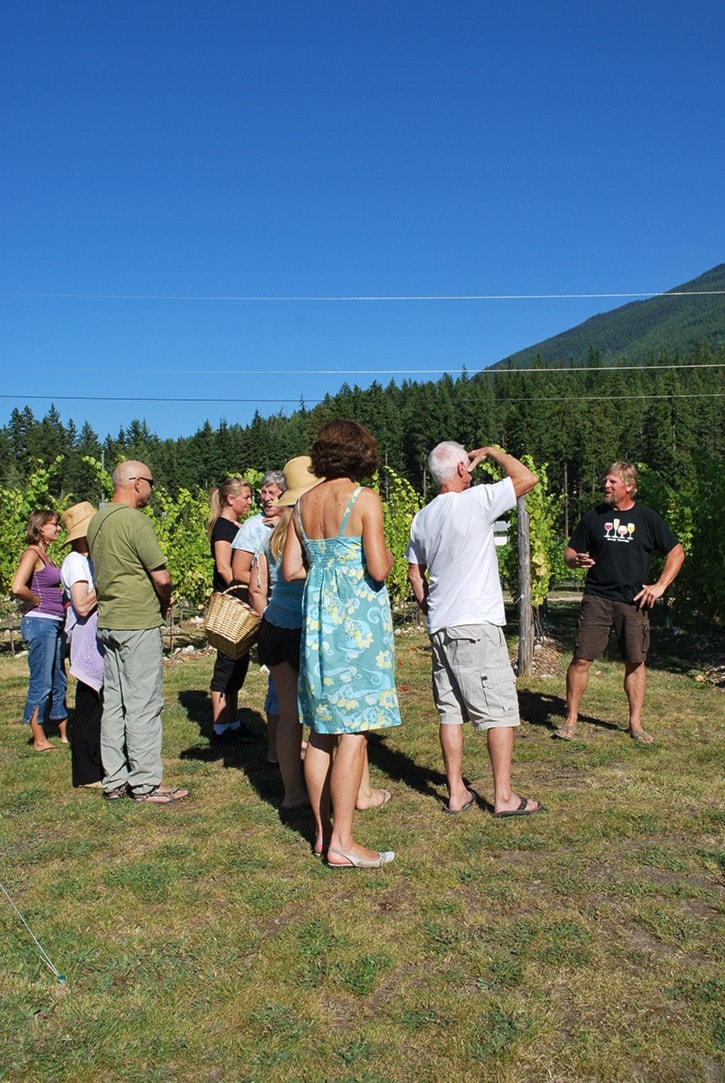Screening the recent Number Five Video Production promotional video created for the Chamber of Commerce and a brief cartoon that illustrated the idea behind the Ten Percent Shift, the tourism presentation on Jan. 29 in Nakusp was off to a good start.
Around fifty people from Nakusp, Kaslo, Revelstoke, Hills, Silverton occupied about half of the seats set up in the auditorium and listened as Laurie Page introduced speaker Mike Stolte.
Stolte is the executive director of CIEL, the Centre for Innovative Entrepreneurial Leadership in Nelson, and worked for years with Community Futures. He mentioned that the last time he was speaking in Nakusp it was as part of a Business Vitality Index that was done ten years ago.
This time, he spoke about the “Seven Deadly Sins of Tourism,” the seven biggest factors that discourage tourists from visiting.
Before revealing the dire news, Stolte first highlighted the importance of tourism in general. Since the 1950s, tourism has doubled each decade, he told the audience. Tourism is responsible for one in ten jobs worldwide and is the fourth largest industry in Canada.
Not only that, but other industries are supported by tourism dollars and the impact of tourism can shape communities because visitors can frequently become residents.
“Tourism feeds off people’s curiosity about things,” Stolte stated, using the example of people who are drawn to places where famous people died, or unique events occur. And one person’s unique can be another person’s every day, he reminded the audience: sledding is a standard here, for example, but can be an adventure for a visitor.
When they were brought up, the Seven Deadly Sins read like a list of what makes a town boring or uninteresting: nothing to do after 6 p.m., no knowledge by locals of what’s around to do, poor internet presence, no community brand, no focus on experiences available to visitors, and most key, thinking of tourism as separate from community vitality.
If the take away could be summed up in one point, it would be that developing community vitality is key to successful tourism.
What Stolte pointed to again and again was that people are looking to feel as though they’re having an authentic experience in a town filled with experiences and friendly people just waiting to show them a good time. The more you can convey this with a strong online presence, the better.
What is needed to make that happen is the challenge. Ensuring there’s “good stuff” of good quality is important, as is consistency in what’s communicated. Most vital, said Stolte, is collaboration within and between communities, a willingness to work together and put aside grievances. Innovation, an entrepreneurial spirit and outlining a strategy for how to put limited resources to best use are also very important.
Unlike tourism of the past, Stolte stressed what communities have found visitors want are complete experiences that make the most of the best parts of the community. And what that takes is investing in people and supporting the unique projects that they are creating.
